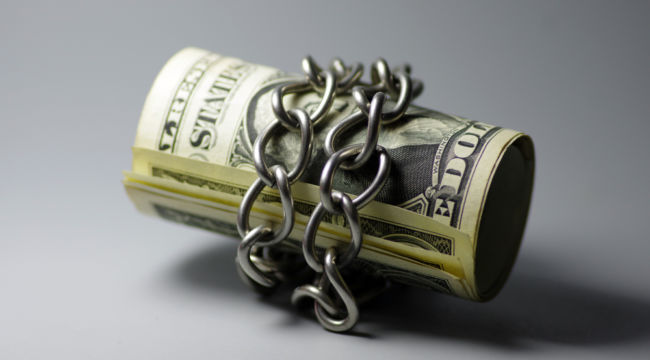
I’m in Dublin, Ireland, today, where I was honored and humbled to receive a writing award from Trinity College.
It’s my job to continue pointing out the risks to the financial system that we still face and to try to help people prepare for the next crisis. Of course, central banks are a big part of the problem.
If you have defective and obsolete models, you will produce incorrect analysis and bad policy every time. There’s no better example of this than the Federal Reserve.
The Fed uses equilibrium models to understand an economy that is not an equilibrium system; it’s a complex dynamic system.
The Fed uses the Phillips curve to understand the relationship between unemployment and inflation when 50 years of data say there is no fixed relationship.
The Fed uses “value at risk” modeling based on normally distributed events when the evidence is clear that the degree distribution of risk events is a power curve, not a normal or bell curve.
As a result of these defective models, the Fed printed $3.5 trillion of new money beginning in 2008 to “stimulate” the economy, only to produce the weakest recovery in history.
That’s over now. The Fed’s cycle of monetary tightening has been ongoing in various forms for over five years. First came Bernanke’s taper warning in May 2013. Next came the actual taper in December 2013 that ran until November 2014.
Then came the removal of forward guidance in March 2015, the liftoff in rates in December 2015, seven more rate hikes to date and the start of quantitative tightening in October 2017.
Another rate hike is already in the queue for December, which would be the ninth rate hike since liftoff.
During much of...

